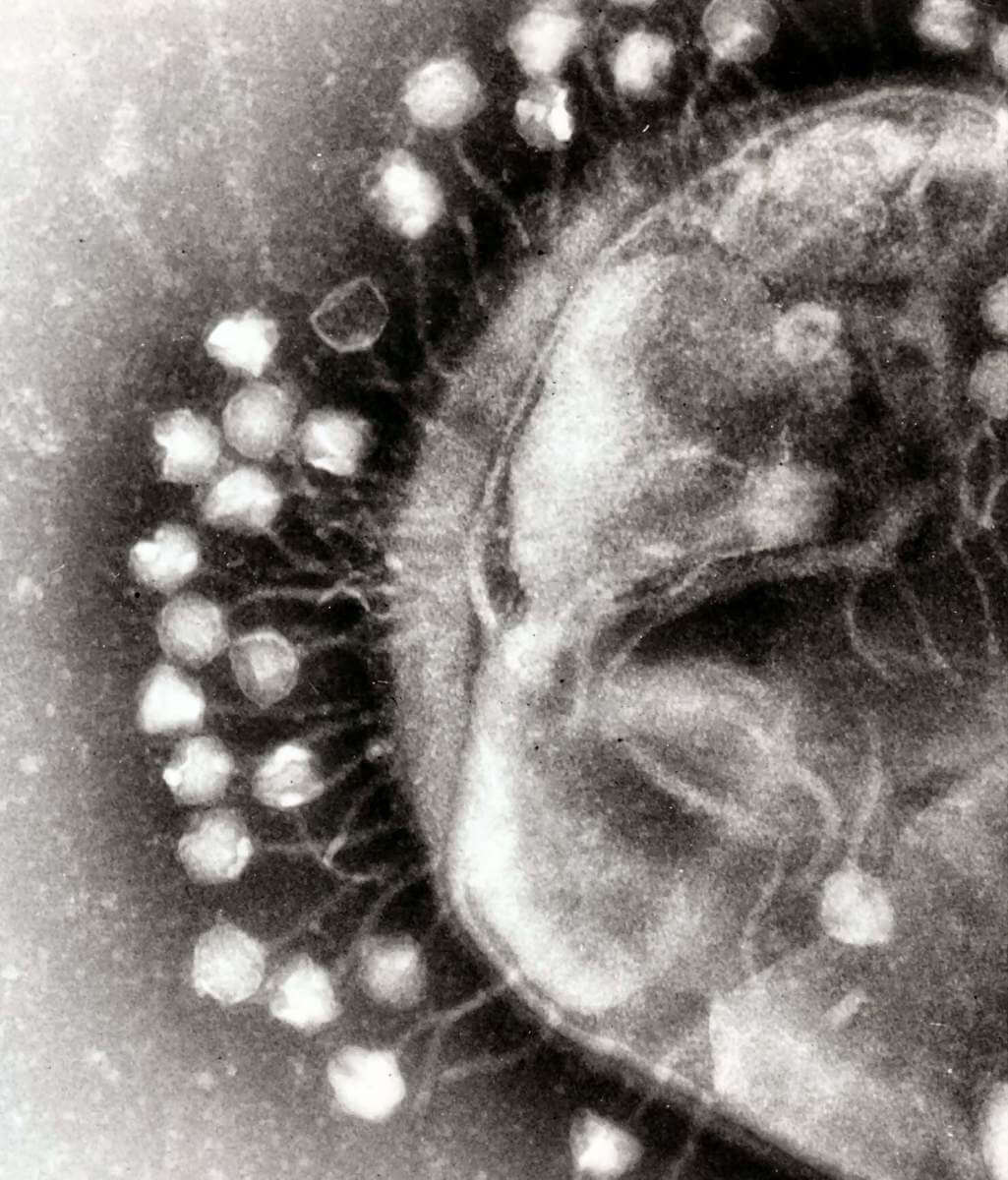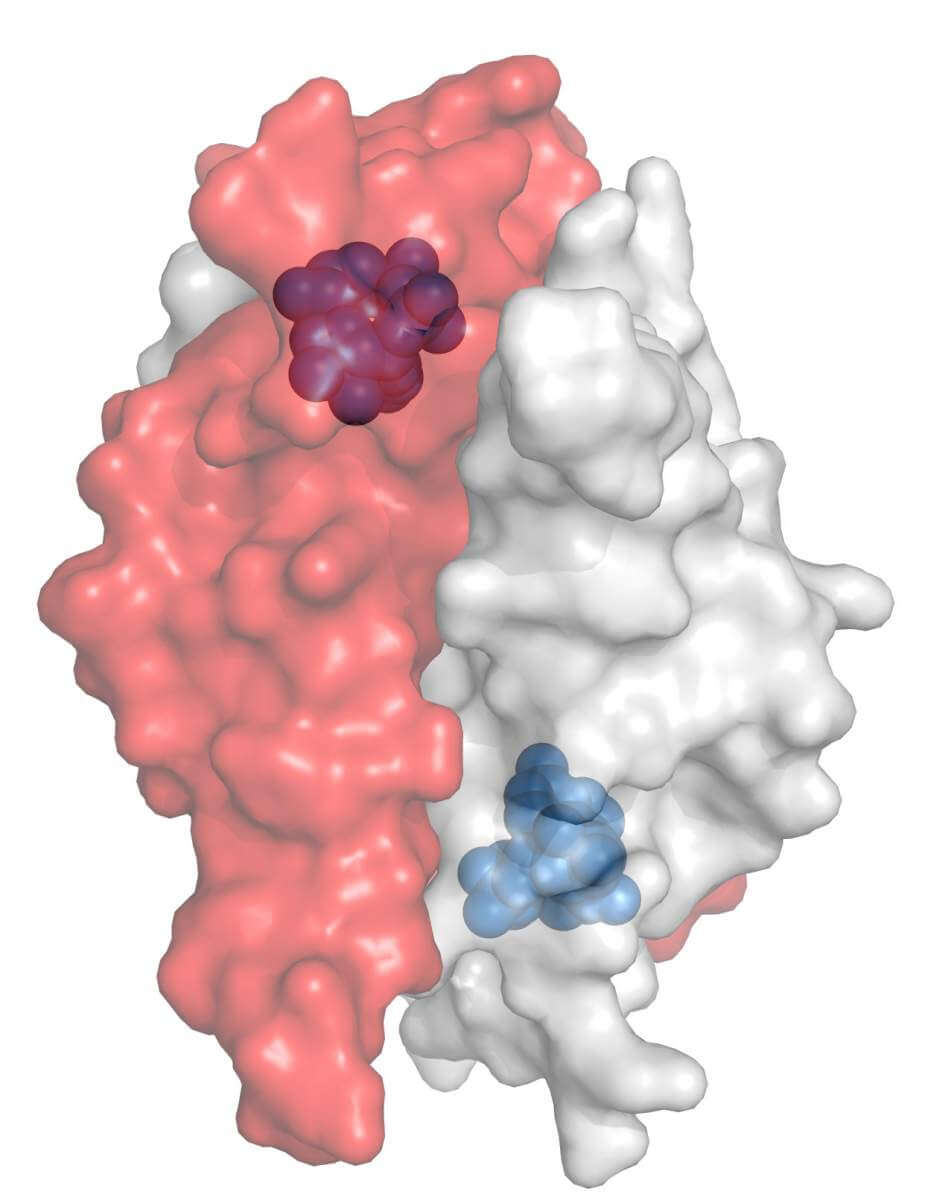The scientists of the institute reveal: this is how viruses pile up on the immune system of bacteria
We are used to thinking of our immune system as a separate entity - almost a distinct organ - but the truth, as always, is much more complex. Breakthroughs from recent years - some as a result of the research of Prof. Rotem whistles from the Weizmann Institute of Science - showed that even a single bacterial cell has an autonomous and developed immune system, which is able to effectively identify invaders and treat them on its own. In a new study thatRecently published, Prof. Sorek and his group members - in collaboration with scientists from Harvard Medical School and the Dana-Farber Cancer Institute - revealed how certain viruses overcome the immune system of bacteria, and deciphered the structure of an elusive immune molecule that is at the heart of the process. This series of discoveries is expected to advance the understanding of the ways of operation of viruses - including those that endanger humans.

The viruses that cause bacteria to activate their defense mechanisms are called phages. As viruses do, the phages insert their DNA into the bacterial cell and cause it to make more and more copies of itself. When the cell collapses under the burden, the new phage copies emerge from its remains and go on to infect new bacteria. But the bacterium is not completely defenseless - it has an immune system capable of fighting invaders.
A previous study carried out in Prof. Sorek's laboratory revealed that a protein segment called TIR detects the entry of the phage into the bacterium. Upon detection of the invasion, a mysterious signaling molecule is produced that leads to an immune chain reaction and the inhibition of the viral attack. The TIR segment was previously discovered in the immune systems of plants and animals, andProf. Sorek's research group was the first to reveal this segment in bacteria and even shed light on how it works. Although this was an important step in understanding this system, the structure of the elusive signaling molecule that produces the immune response - remains undeciphered.
In the new study, they discovered in Prof. Shurk's laboratory, led by Dr. Azita Levitt, Erez Yeremia and Dr. Gil Amitai, how the phages overcome the immunity provided by the TIR segment. When the scientists tested the infectivity of similar phages, they were surprised to find that some of them managed to escape the protective wall put up by TIR. When the scientists examined the winning phages, they discovered a certain gene that they all had in common: a gene that codes for a protein that neutralizes the bacteria's immune system, thus allowing the phages to come out on top. When the scientists approached to study the protein itself - which they named Tad1 - they discovered that it could literally hijack the signaling molecule. "The viral protein does not allow the bacterial immune system time to notice the signaling molecule at all, and 'swallows' it quickly as soon as it is produced," says Prof. Sorek. "Such an immune evasion mechanism has never been observed before in any virus."
The research group concluded that they might be able to take advantage of the presence of the elusive molecule in phage captivity, to 'witness' it for the first time. Together with their partners from Harvard University - Prof. Philip Kranzuch and Alan Lu - the scientists deciphered, using crystallographic tools, the spatial structure of the viral protein, and discovered the molecule within it. "We have been hunting for this immune molecule for several years now," says Prof. Sorek. "Ironically, we would not have been able to understand its chemical composition without the help of the phage."

A deeper understanding of how viruses that attack bacteria work, and the way in which these viruses adapt and evolve in order to trick the immune system of bacteria, can help identify similar mechanisms in viruses that attack humans. "We discovered a new way in which viruses are able to disable immune systems that are based on signaling molecules," Prof. Sorek concludes. "These immune mechanisms are not exclusive to bacteria - they exist in plant cells, as well as in the cells of the human body. Therefore, we will not be surprised if viruses that attack us use the same methods as the protein we found in phages." If this is indeed the case, these findings may have direct implications for our ability to defend ourselves against sophisticated viruses that conspire to outsmart our immune systems.
Jeremy Garb and Dr. Ehud Herbst from Prof. Sorek's group at the Institute also participated in the study; Dr. Benjamin R. Morehouse, Dr. Samuel J. Hobbs and Sadie F. Antien from Harvard Medical School and Dana-Farber Cancer Institute; and Dr. Jen-Yu G. Son from the Dana-Farber Cancer Institute.
More of the topic in Hayadan:
